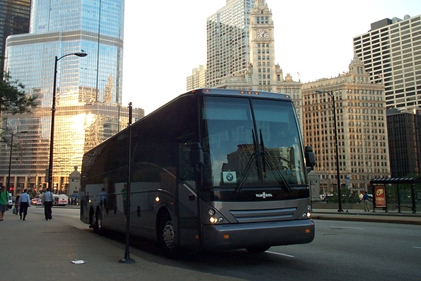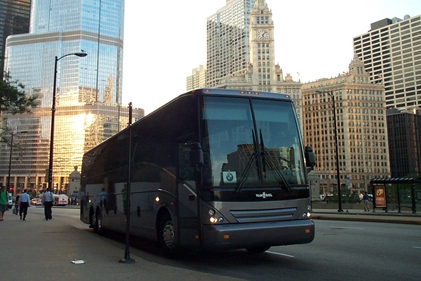 A new report from the National Transportation Safety Board (NTSB) shows that oversight of the curbside bus industry has not kept up with the rapid growth of the increasingly popular form of transporation
A new report from the National Transportation Safety Board (NTSB) shows that oversight of the curbside bus industry has not kept up with the rapid growth of the increasingly popular form of transporation
Results of a six-month study prompted by a series of accidents were released by the NTSB today.
Key study findings include:
- Curbside carriers who have ten or fewer buses or who have been in business for ten years or less have higher accident rates and higher roadside inspection violation rates.
- The fatal accident rate for curbside carriers from January 2005 to March 2011 was 7 times that of conventional bus operations: 1.4 fatal accidents per 100 vehicles for curbside carriers compared with 0.2
- fatal accidents per 100 vehicles for conventional scheduled carriers.
- Excluding buses from routine enroute inspections - especially of curbside carriers that don't operate from terminals - reduces opportunities to discover safety violations.
- With only 1.15 investigators for every 1,000 motor carriers, the Federal Motor Carrier Safety Administration (FMCSA) is overburdened.
- Bus driver fatigue, a contributing factor in many accidents, is a continuing safety concern.
- Curbside operators use online bus brokers more than conventional carriers, leading to a lack of transparency in ticket sales. The FMCSA has no authority to regulate these brokers.
Since March, 2011, the NTSB has investigated or assessed five curbside bus crashes that resulted in 22 fatalities and 159 injuries.
"It's time to recognize that traditional transportation services have morphed into new business models that challenge existing regulatory constructs,” said NTSB Chairman Deborah A.P. Hersman.




